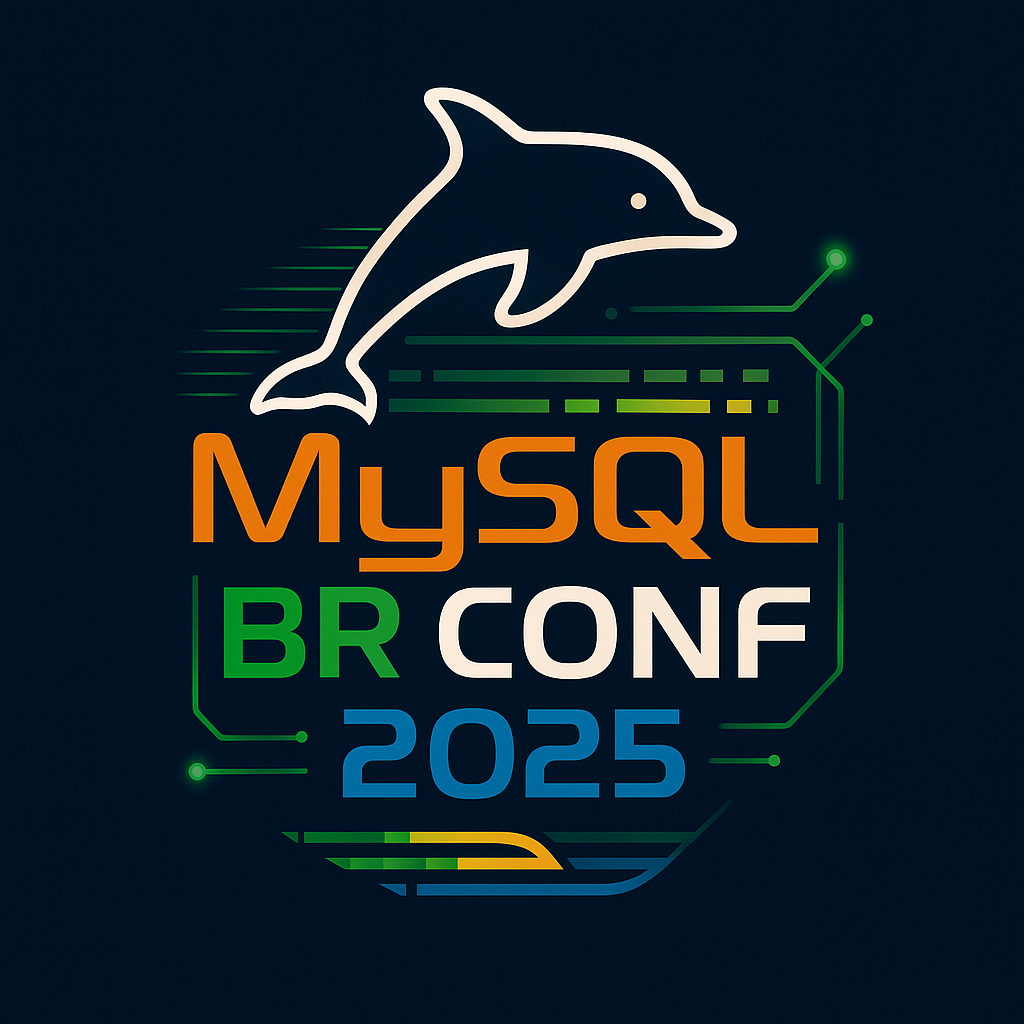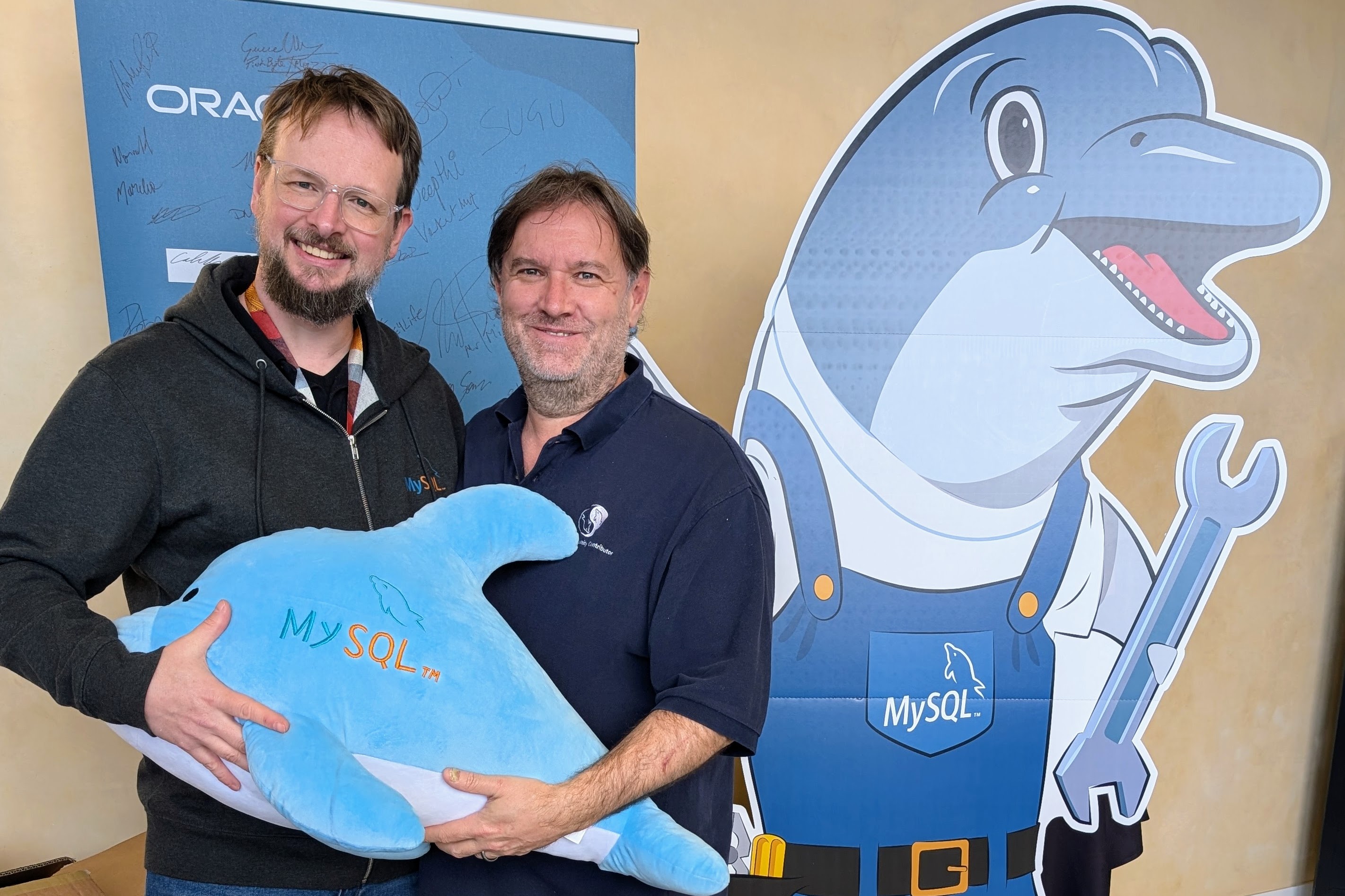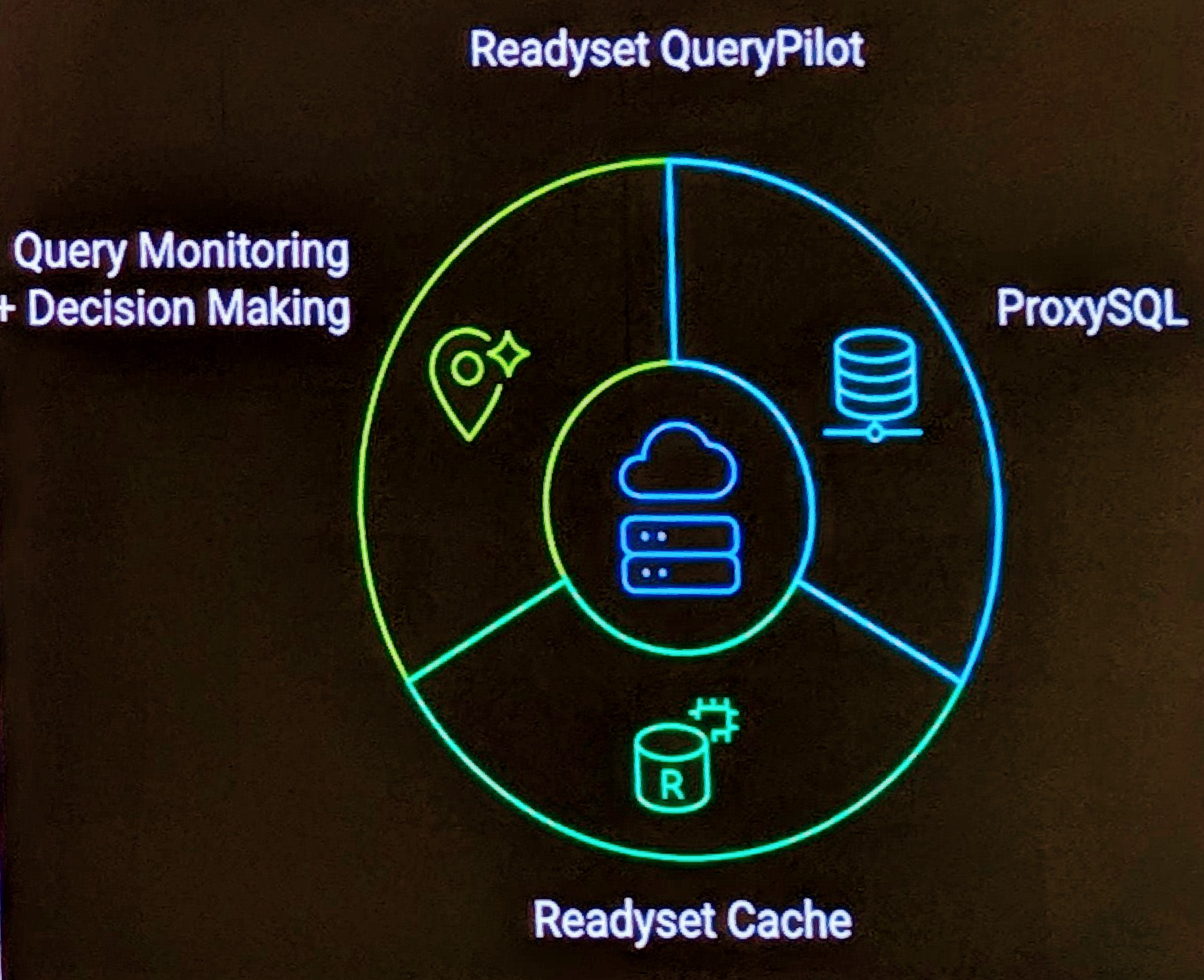From the opening keynote at CommunityOne East we begin with Everybody is talking About Clouds.
It’s difficult to get a good definition, the opening cloud definition today was Software/Platform/Storage/Database/Infrastructure as a service. Grid Computing, Visualization, Utility Computing, Application Hosting. Basically all the buzz words we currently know.
Cloud computing has the ideals of truly bringing a freedom of choice. For inside or outside of an enterprise, the lower the barrier, time and cost into freedom of choice give opportunities including:
- Self-service provisioning
- Scale up, Scale down.
- Pay for only what you use.
Sun’s Vision has existed since 1984 with “The NETWORK is the Computer”.
Today, Sun’s View includes Many Clouds, Public and Private, Tuned up for different application needs, geographical, political, with a goal of being Open and Compatible.
How do we think into the future for developing and deploying into the cloud? The answer given today was, The Sun Open Cloud Platform which includes the set of core technologies, API’s and protocols that Sun hopes to see uptake among many different providers.
The Sun Cloud Platform
- Products and Technologies – VirtualBox, Sun xVM, Q-Laser, MySQL
- Expertise and Services
- Partners – Zmanda, Rightscale, Kickapps
- Open Communities – Glashfish, Java, Open Office, Zfs, Netbeans, Eucalyptus
The Sun Cloud includes:
- Compute Service
- Storage Service
- Virtual Data Center
- Open API – Public, RESTful, Java, Python, Ruby
The public API has been released today and is available under Kenai . It includes two key points:
- Everything is a resource http GET, POST, PUT etc
- A single starting point, other URI’s are discoverable.
What was initially showed was CLI interface exmaples, great to see this still is common, a demonstration using drag and drop via a web interface was also given, showing a load balanced, multi-teired, multi server environment. This was started and tested during the presentation.
Then Using Cyberduck (a WebDAV client on Mac OS/X) and being able to access the storage component at storage.network.com directly, then from Open Office you now get options to Get/Save to Cloud ( using TwoGuys.com, Virtual Data Center example document).
Seamless integration between the tools, and the service. That was impressive.
More information at sun.com/cloud . You can get more details also at the Sun Microsystems Unveils Open Cloud Platform Official Press Release.
Event: CommunityOne East
in New York, NY.
Article Author: Ronald Bradford



